Mastering Forage Definitions: A Comprehensive Guide to Optimize Livestock Nutrition
Introduction:
🌿 Forage plays a pivotal role in livestock nutrition, providing a vital source of nutrients for grazing animals. Understanding the various forage terminologies and their significance is essential for farmers and livestock producers seeking to optimize their herd's health and productivity. In this blog post, we'll delve into the comprehensive guide provided by the Soil, Plant, and Pest Center at the University of Tennessee, exploring the definitions of forage terminologies. Join us as we unlock the secrets of quality forage and its impact on livestock nutrition and overall farm success! 🌾🐮
1. Grains and Concentrates:
🌾 Grains refer to the edible seeds of cereal crops, such as corn, oats, barley, and wheat, which are rich in carbohydrates and energy. Concentrates, on the other hand, include processed feeds like soybean meal, cottonseed meal, and commercial feed blends, providing additional nutrients to complement forage-based diets.
2. Roughages:
🌿 Roughages comprise fibrous plant materials, such as hay, silage, and straw, which are essential for rumen health in ruminant animals like cattle and sheep. They aid in digestion, providing a consistent source of long fiber for optimal rumen function.
3. Legumes:
🍀 Legumes, like alfalfa and clover, are nitrogen-fixing plants that offer high protein content and valuable nutrients to grazing animals. They not only enhance the quality of forage but also promote soil health through nitrogen fixation.
4. Grasses:
🌱 Grasses, such as orchardgrass, fescue, and bermudagrass, are abundant sources of carbohydrates, fiber, and essential minerals. They form the foundation of most grazing systems and provide a substantial portion of livestock diets.
5. Silage:
🌽 Silage refers to fermented forage crops, primarily corn, sorghum, or grasses, stored in airtight conditions to preserve their nutrient content. Silage is an excellent way to provide year-round nutrition for livestock, especially during colder months.
6. Hay:
🌾 Hay is dried forage, typically grass or legumes, cut and stored for later use as feed. High-quality hay is essential for winter feeding and can make up a significant portion of livestock diets.
7. Crude Protein:
🥩 Crude protein measures the total amount of protein present in forage, including both true protein and non-protein nitrogen. It serves as a key indicator of the nutritional value of forage.
Conclusion:
🐮🌾 Understanding the forage definitions provided by the Soil, Plant, and Pest Center at the University of Tennessee is paramount for farmers aiming to optimize livestock nutrition and overall farm success. With a clear grasp of forage terminologies, farmers can make informed decisions about selecting the most suitable feed options for their livestock, ensuring optimal health and productivity. From grains and concentrates to roughages, legumes, and silage, each component of livestock nutrition plays a crucial role in promoting healthy rumen function and meeting the nutritional needs of grazing animals. As we embrace this comprehensive guide to forage definitions, let's foster a thriving farm environment where livestock can flourish, paving the way for a successful and sustainable agricultural journey. 🌿🏞️
(Note: The specific definitions and details mentioned in the blog are based on the provided link and for illustrative purposes only. For more in-depth information, please refer to the original document.)

